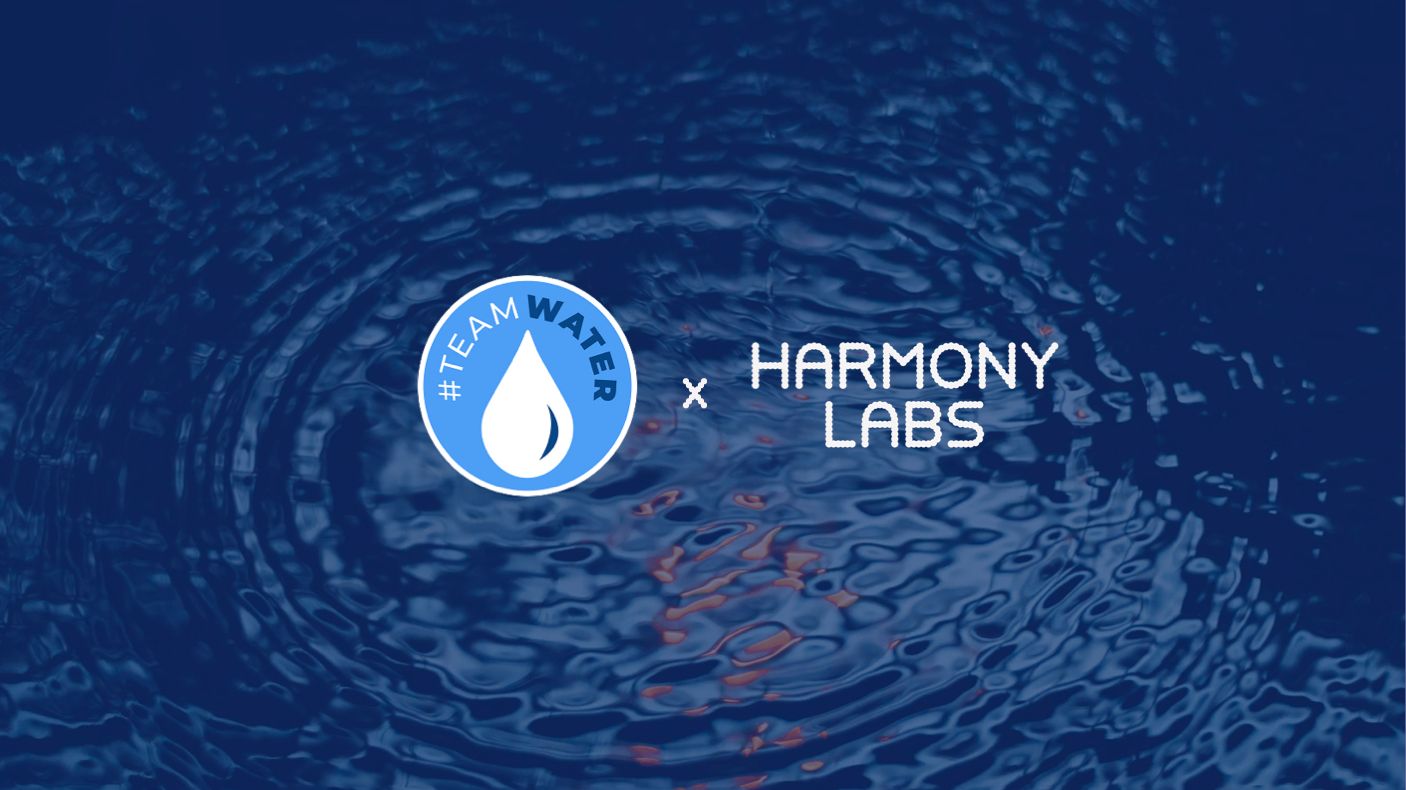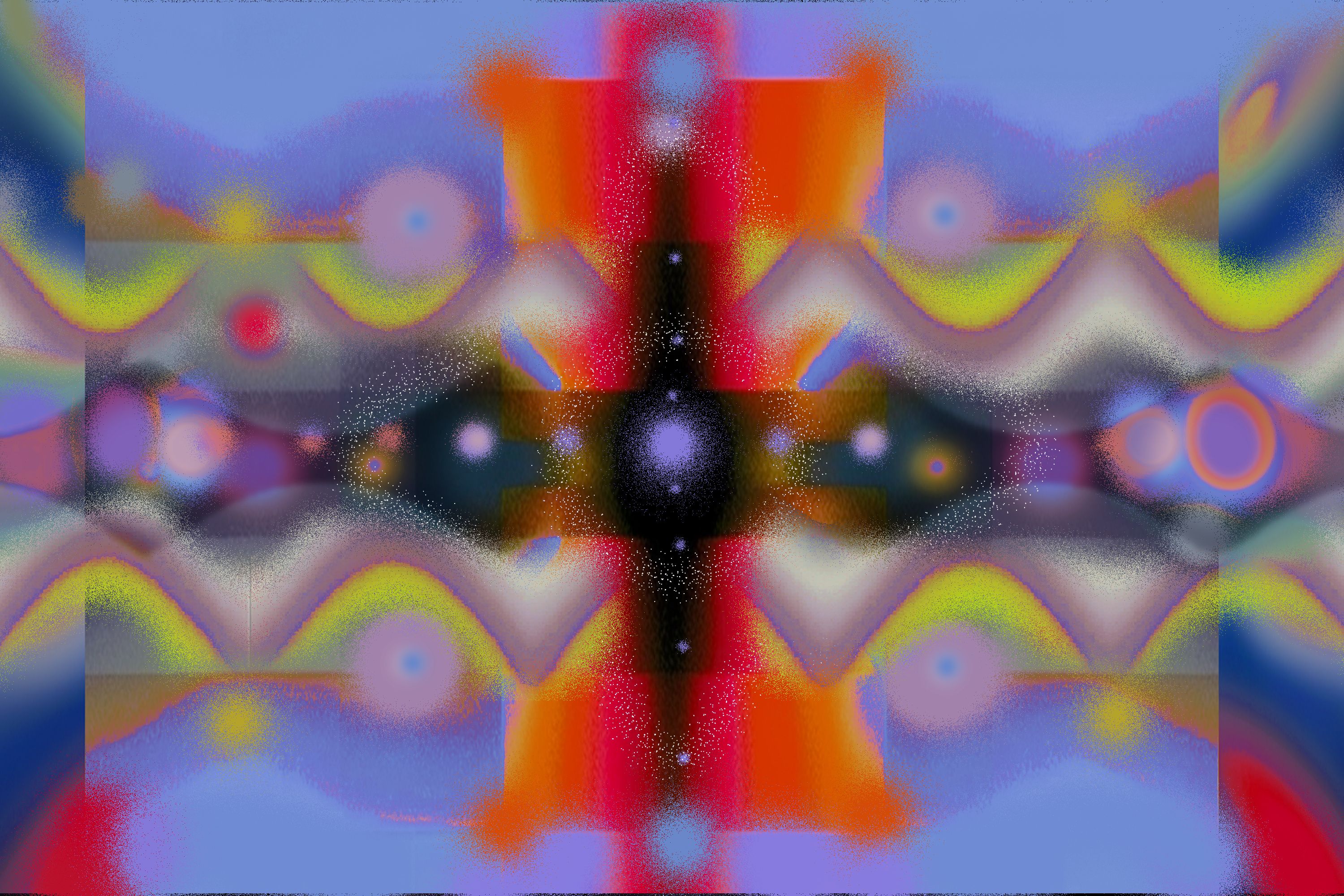Four Principles For Building Power in Media
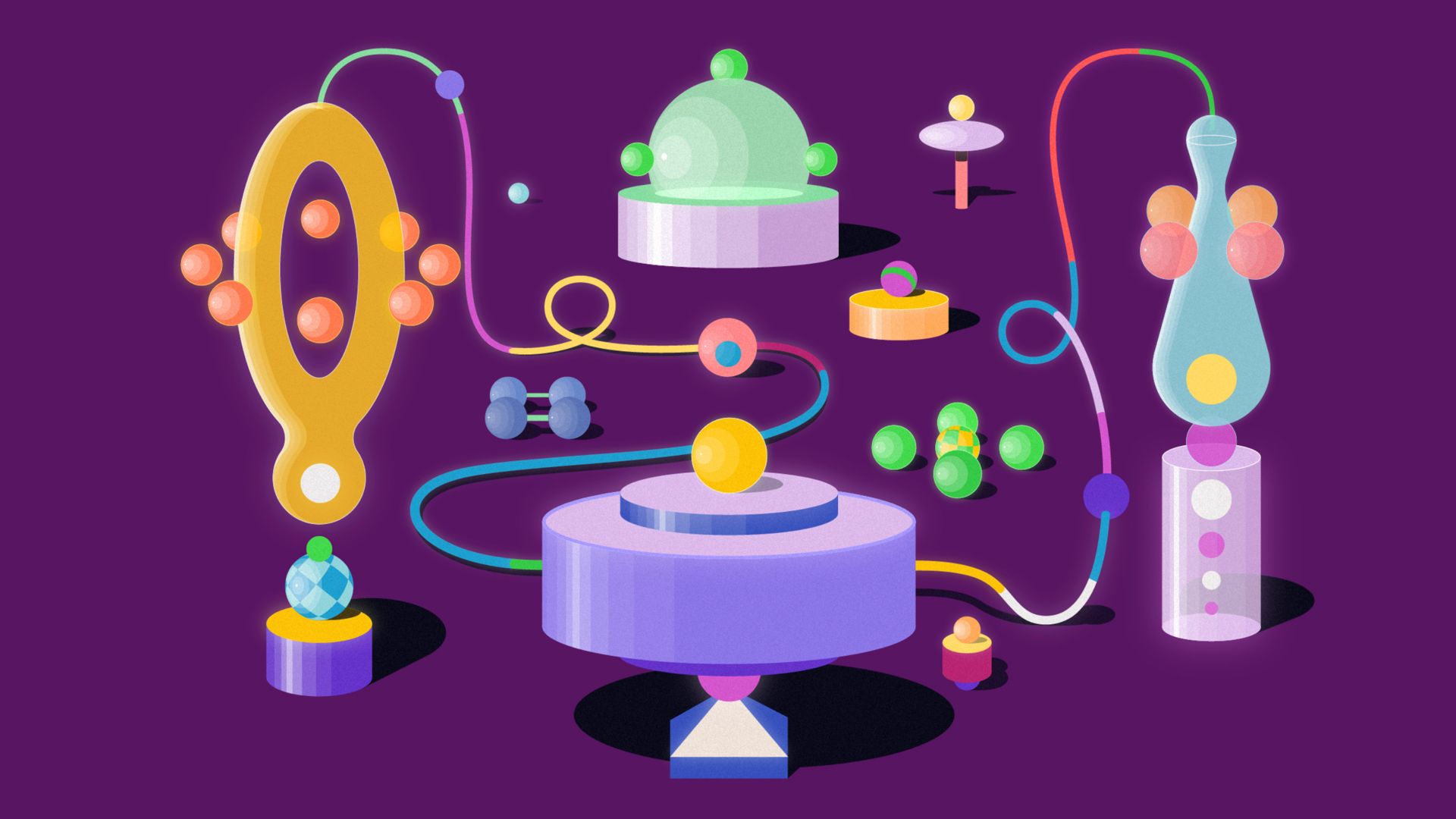
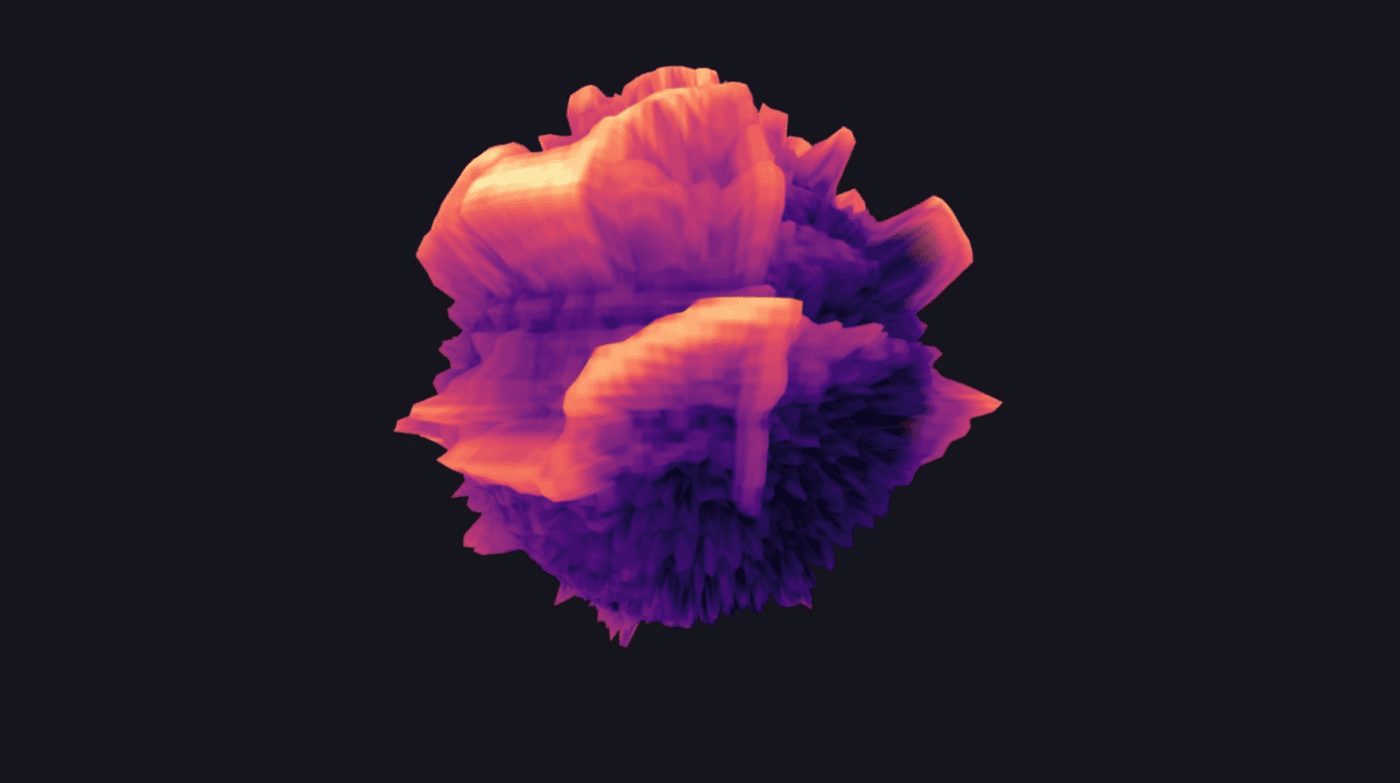
2022-02-02
The intersection of art, advocacy, and data science creates an opportunity for the work of social change to be both creative and informed by research. Over the last four years, Harmony Labs has been privileged to work alongside the Mozilla Foundation’s Creative Media Award program awardees in building projects that live within this intersectional space.
For the 2021 cohort, Mozilla provided funding for Black artists using art, tech, and media to spotlight how Artificial Intelligence (AI) can reinforce — or disrupt — systems of oppression. We worked directly with awardees to provide: research on key audiences for their work and current narrative and story opportunities for AI, an impact design curriculum to help inform their creative process and maximize the efficacy of their work, and media effects testing to help awardees fine-tune the final products.
Led by Impact Producers Jennifer MacArthur and Brett Gaylor, the awardees participated in a series of webinars and individual coaching sessions to produce impact plans for their projects that honed in on target audiences, story opportunities, and distribution strategies. There were also opportunities for this talented group of artists, technologists, and activists to share, collaborate, and provide feedback on one another’s projects. The resulting work spans web, VR, film, and tech, and we are excited to share highlights from 8 of these projects here:
A skin health resource for Black people from trusted professionals who look like them. Users can participate in building the Black Skin Health AI Dataset, a public resource to help power future dermatology practices and pre-diagnoses.
From transmedia artist Stephanie Dinkins, this project is an both an app and a workshop series that seeks to push data-driven algorithms that “increasingly control our daily lives” to become less reductive and more complex, driven by kindness and generosity.
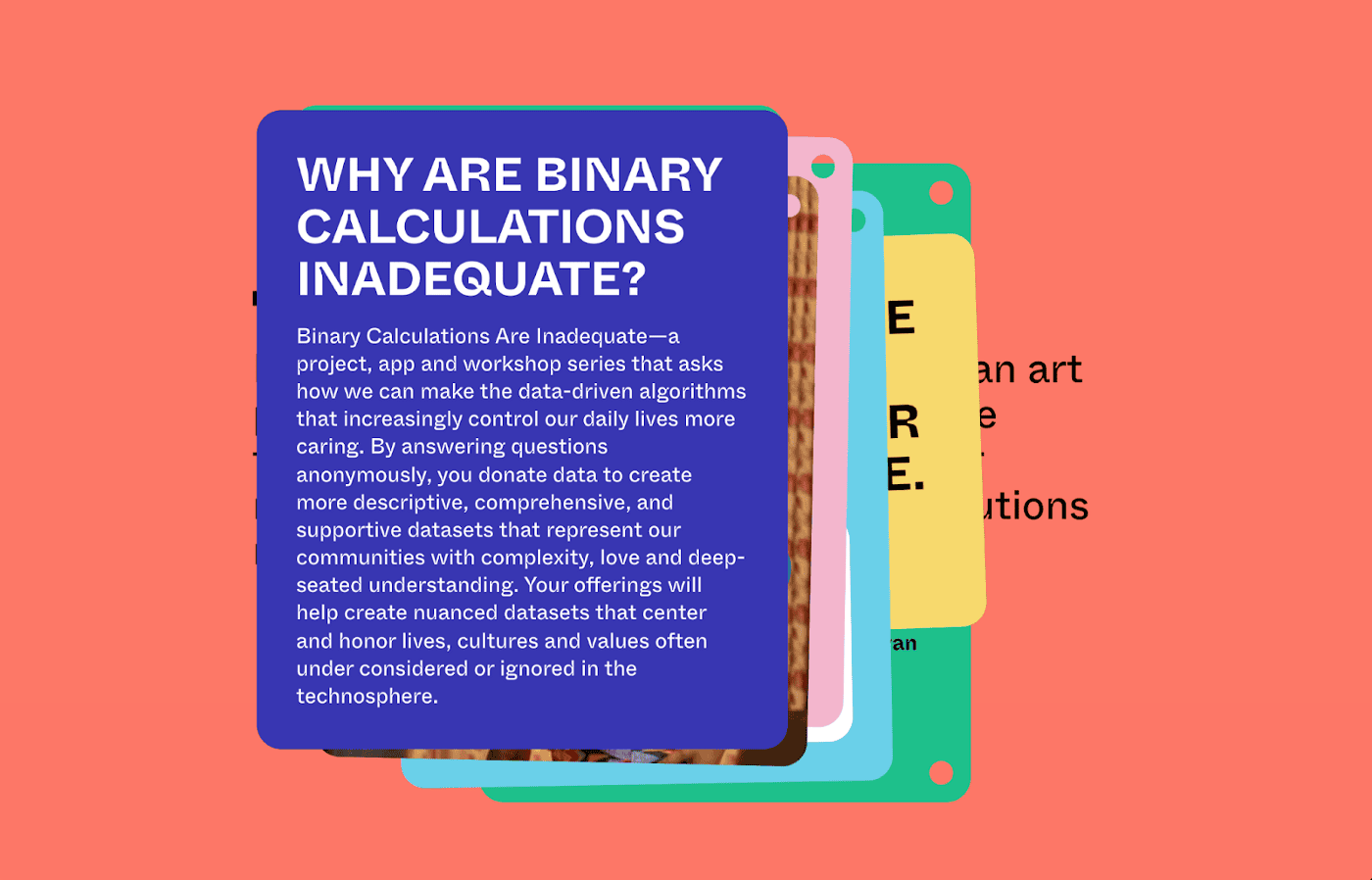 A still from the website for Binary Calculations Are Inadequate from Stephanie Dinkins.
A still from the website for Binary Calculations Are Inadequate from Stephanie Dinkins.
An interactive website and art project about future fatal encounters with the police, creating stories generated from AI based on 20 years of historical data to bring more transparency about police-related fatalities and predictive policing.
From creator Anatola Araba, Afro Algorithms is a 3D animated short film in the Afrofuturist genre that tells the story of “Aero, the first AI leader of Earth, as she discovers who she really is — beyond her programming.” Exploring topics of AI and bias, Aero realizes there are gaps in her worldview that include experiences of the historically marginalized and oppressed.
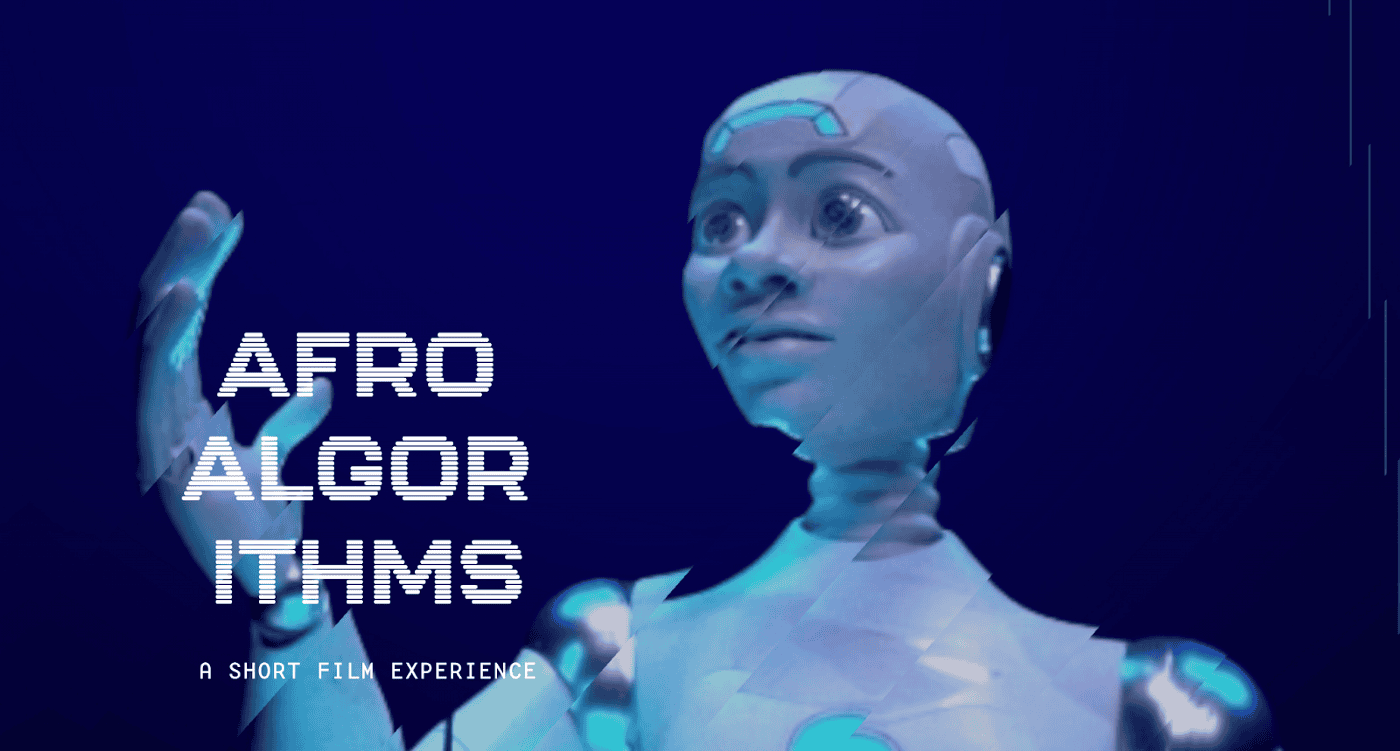 A still from the website for the Afro Algorithms fillm from Anatola Araba.
A still from the website for the Afro Algorithms fillm from Anatola Araba.
Hope is a collection of immersive journalism and Afrofuturism artwork from artist and civic tech entrepreneur Tracey Bowen. Hope imagines two possible futures: one where bias and discrimination have been banished from technology, and one where it runs rampant — it presents the issue of AI bias and discrimination in a way that educates and raises awareness.
Johann Diedrick built an immersive, interactive website that utilizes 3D modeling, sound, and storytelling to spotlight the absence of Black speech in datasets that train voice assistants like Siri, Alexa, and Google Home. This absence creates new forms of racial exclusion and bias — and thus, Black speech is forced to code switch for “AI ears.”
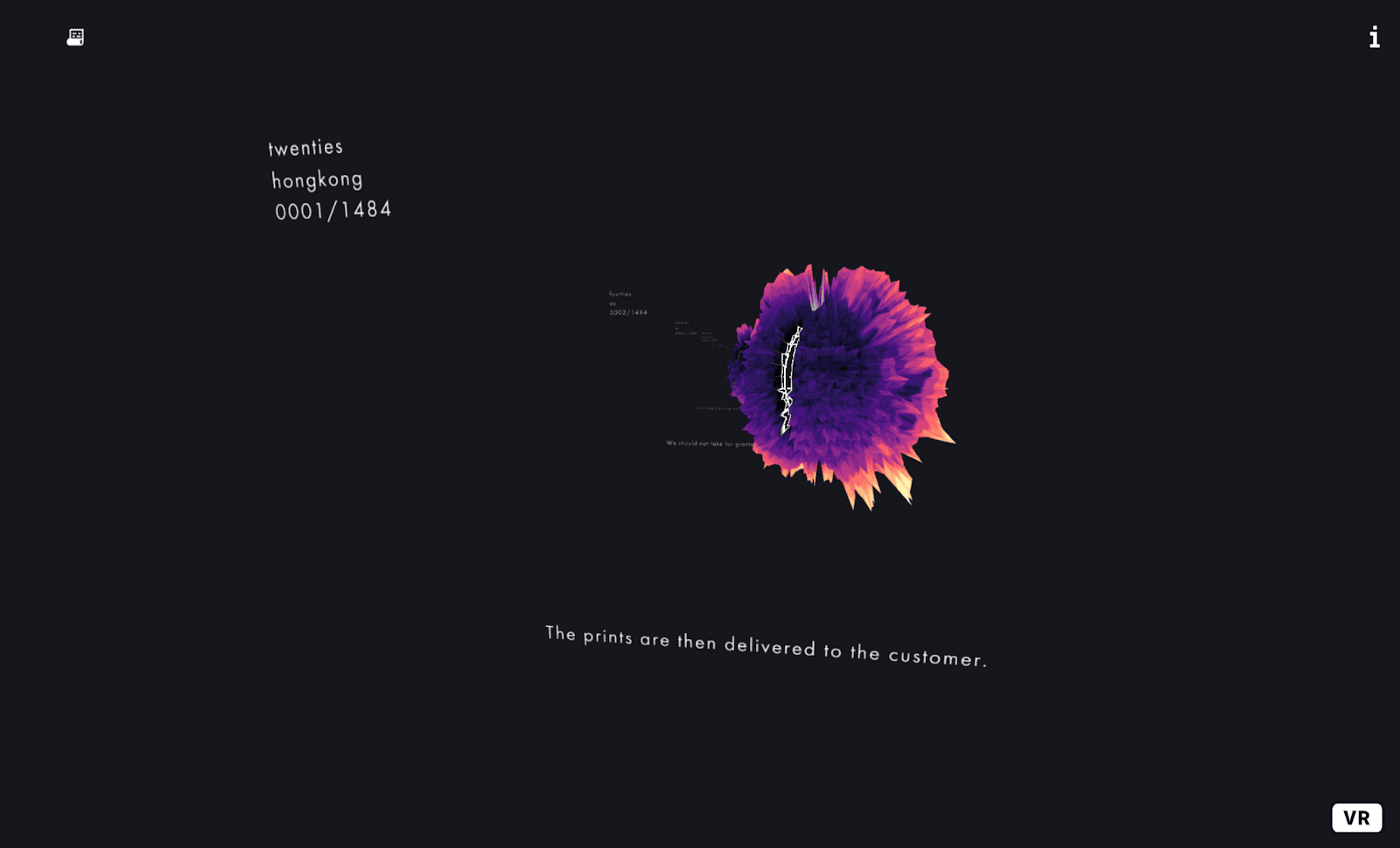 A still from Johann Diedrick's interactive website Dark Matters.
A still from Johann Diedrick's interactive website Dark Matters.
This XR project is described by its creator Alton Glass as a “hyper-digital sci-fi virtual reality series immersed in a near future Los Angeles where personal data is the new currency and weaponized A.I. Police drones enforce the law.” The result is an immersive experience that gives viewers a close look at the dangers of AI-biased predictive policing and surveillance.
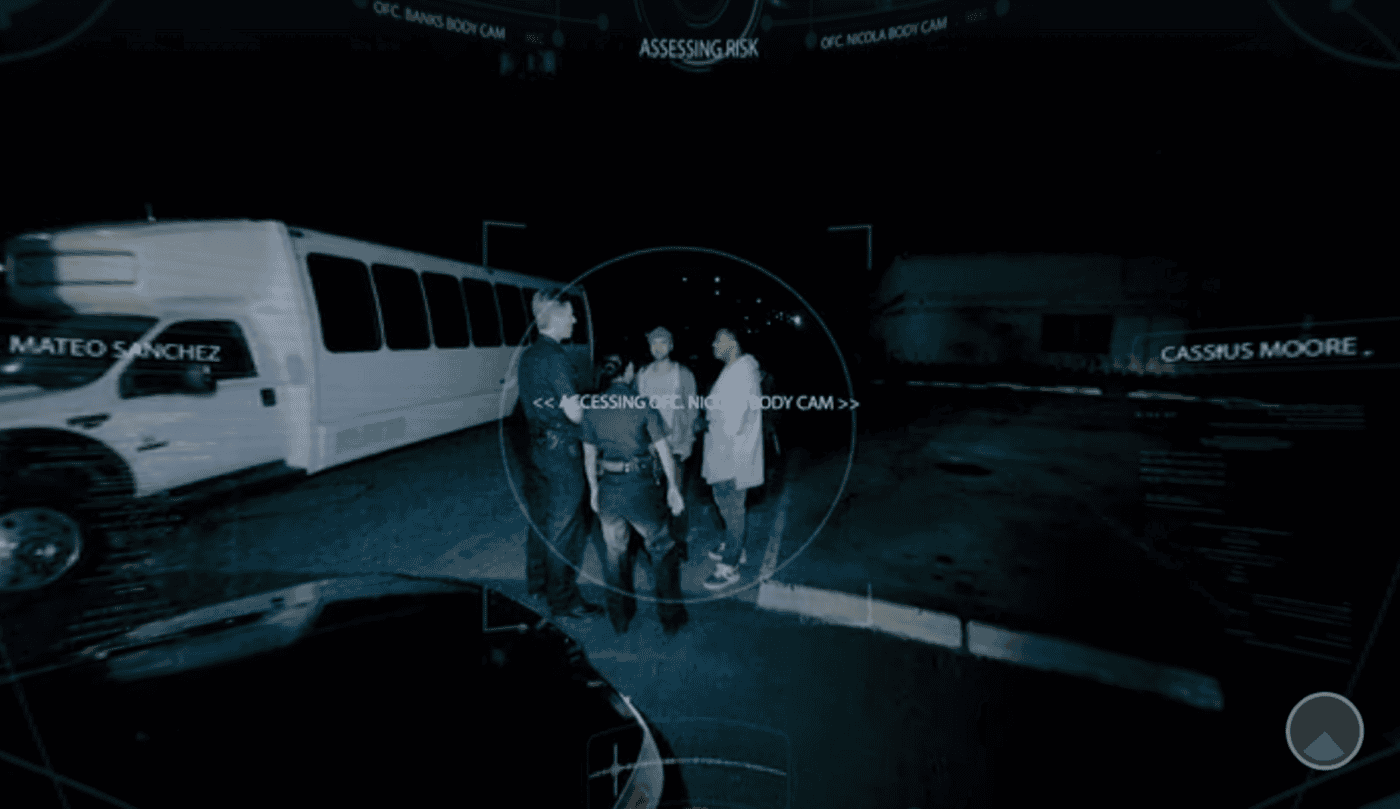 A still from the “hyper-digital sci-fi virtual reality series” Points of View from Alton Glass.
A still from the “hyper-digital sci-fi virtual reality series” Points of View from Alton Glass.
This project, from Vernelle Noel, Nettrice Gaskins, and Valencia James, uses the Trinidad Carnival as a foundation for exploration in AI, art, and design. By combining AI with digital heritage, art, and culture, the project aims to “celebrate the creativity, resiliency, and vibrancy of Black and Caribbean histories and cultures.”
Taking a data-driven approach to this type of work can be valuable not just in measuring impact after launch, but also for improving media during the creative development process. Where possible, we also worked with the artists to develop testing plans that can help validate their initial impact hypotheses and inform creative refinements before releasing their works to the public.
Over the course of the last four years supporting this work, it’s become clear that data can play an important role without limiting the creative process. In fact, the potential impact of ambitious programs and projects like these is only enhanced through a commitment to research, development, and effects testing throughout the process. Other key ingredients to high-impact programs and projects include:
The ultimate goal is for these pieces to provide the necessary scaffolding for creativity to flourish. We’ve been very fortunate to work with such a brilliant group of artists, advocates, media makers, and technologists and through their creative and singular approaches to tackling issues like racial justice, we always end up learning as much from they as they do from us. We want to extend a heartfelt thank-you to all of the creators, and to the Mozilla Foundation, for allowing Harmony Labs to join you on this important creative journey!
If you’re interested in this kind of work, we urge you to get in touch.


